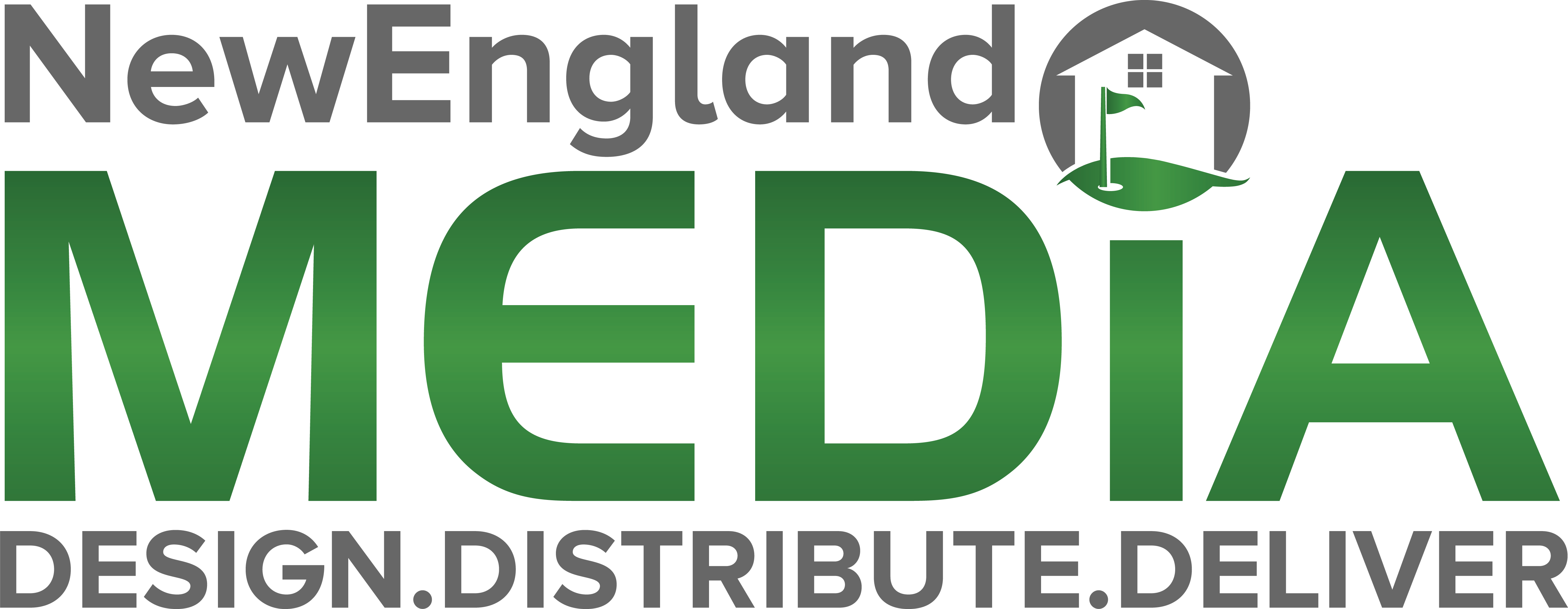Mistakes are natural, but when it comes to SEO, it’s best not to make one. SEO mistakes can cause you to lose customers and miss out on organic traffic and search engine visibility, making it hard for people to find what you’re offering.
In this article, we’ll cover some of the most common SEO mistakes to avoid and how you can fix them quickly and easily.
Keyword Stuffing
One of the biggest SEO faux pas is keyword stuffing. This is when you cram as many keywords as possible into your content without regard for readability or relevance. This includes stuffing keywords into meta tags and page titles and within the body of your content.
Google will penalize you for this if they catch it, so make sure that your keyword usage is natural and relevant to what you are trying to say. Use keywords sparingly, only when necessary to explain something or add emphasis.
For example, let’s say you own a bakery and you want to rank for the keyword “best bakery in town”. If you stuff that phrase into your content over and over again, it’ll look something like this:
“Come to the best bakery in town for the best bakery in town pastries. Our best bakery in town cakes are made with the finest ingredients, and our best bakery in town bread is baked fresh daily.”
Yikes! Not only is this difficult to read, but search engines will see right through it and penalize you for trying to manipulate the rankings.
The Fix:
Instead of keyword stuffing, focus on creating high-quality, informative content that uses keywords in a natural and meaningful way. Use synonyms and related phrases to create a diverse keyword portfolio and make sure each page on your site has a clear, specific topic.
Duplicate Content
Another big SEO no-no is duplicate content. This happens when you have the same content on two or more pages, either on your own website or elsewhere on the web. Duplicate content can cause confusion for search engine crawlers , which will hurt your rankings and make it harder for customers to find the exact page they are looking for.
Example: Let’s say you own a clothing store and have a page about t-shirts. You also have a page about polo shirts, but it’s the same content with different images. That’s duplicate content!
The Fix:
Use a tool like Siteliner to identify duplicate content on your website. After identifying them, either remove the duplicates or modify them to be unique and add value for your users. If you have multiple pages with similar content, consider using a canonical tag to specify the preferred version of the page. This will help search engines understand which page to show in their results and prevent potential ranking penalties.
You should also check for plagiarized content and ensure all of your content is unique and original.
Poor Site Structure and Navigation
Your site structure can have a huge impact on your SEO rankings. Poor navigation makes it difficult for search engine crawlers to crawl your site and index its pages, resulting in lower rankings and fewer visitors.
Poor Site Structure and Navigation Example:
Imagine you visit an e-commerce site that sells shoes and you’re immediately greeted with a homepage that is cluttered and confusing. The navigation menu is difficult to use and it’s not clear where you need to go to find the shoes you’re interested in. You spend several minutes trying to find the shoes you’re looking for, but you end up leaving the site because it’s too frustrating.
Clear Structure and Navigation Example:
Now let’s imagine visiting a different e-commerce site that sells shoes. This site has a clean and well-organized homepage, with clear categories for men’s shoes, women’s shoes, and children’s shoes. The navigation menu is easy to use and it’s clear where to go to find the shoes you’re interested in. You’re able to quickly and easily find the shoes you’re looking for, and you have a great experience on the site.
In this example, you can see how having a clear site structure and navigation can make a big difference in the user experience. Not only is it easier for users to find what they’re looking for, but it also sends a signal to search engines that the site is well-organized and trustworthy, which can have a positive impact on search engine rankings.
The Fix:
Make sure your site is easy to navigate and all pages can be accessed from the main navigation. You should also make use of breadcrumbs and internal linking to help search engines understand the structure of your site. Additionally, create an XML sitemap for your website and submit it to Google Search Console so that it can be indexed properly.
Ignoring On-page Optimization
On-page optimization is the process of optimizing individual web pages to increase their visibility and rankings in search engine results. This includes things like optimizing page titles, meta descriptions, and content.
Example: Let’s say you have an online store for pet supplies and you’re trying to rank for “cat food”. You have a page about cat food on your website, but it’s missing a title and meta description. Without these elements, search engines won’t know what the page is about and it won’t show up in their results.
Page Title Example:
Buy Cat Food Online | Best Quality Pet Supplies
Meta Description example:
Shop the latest selection of cat food online at Best Quality Pet Supplies. We carry a wide variety of top-quality brands, so you can find the perfect food for your cat’s needs.
The Fix:
Make sure your page titles and meta descriptions are descriptive and include your target keywords. Use header tags (H1, H2, H3, etc.) to structure your content and make it easier to read. And be sure to include internal links to other pages on your site, as well as external links to high-quality, relevant sources.
Not Generating Quality Backlinks
Backlinks are like votes of confidence for your website, and they play a big role in how search engines determine your website’s relevance and authority. However, not all backlinks are created equal. Low-quality backlinks from spammy websites can actually hurt your rankings, so it’s important to generate quality backlinks.
Example: A Rooftop Repair Company has been building backlinks from low-quality websites that are unrelated to their business. While this may boost their backlink count, it won’t do much for their rankings because search engines view these links as unreliable and untrustworthy.
The Fix:
Focus on building relationships with other websites in your industry or related niches. Start by creating high-quality content that other websites are more likely to link to. You can also reach out to bloggers, influencers, and other industry professionals in your field who may be interested in linking back to your website. Finally, you can utilize link-building services such as guest blogging, directory listings, and press releases to help increase your backlinks.
So there you have it – the most common SEO mistakes and how to avoid them. Of course, this is just the tip of the iceberg when it comes to optimizing your website for search engines. But if you follow these tips and stay up-to-date with the latest SEO best practices, you’ll be well on your way to a higher search engine ranking and more traffic to your site.
And if you want even more help, don’t hesitate to reach out to the SEO experts at Real Internet Sales. We’re here to help your business succeed in the digital age, and we’d be happy to assist with all of your SEO needs.
Thanks for reading!


















